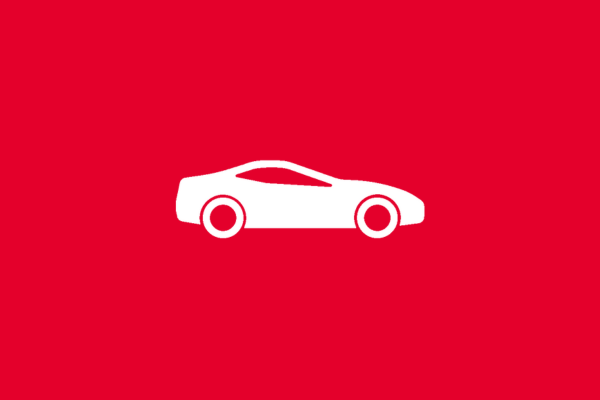1.Introduction into graphical programming language LabVIEW (concept of LabVIEW, basic data types, loops, basic mathematical operations, using of help, controls and indicators on the front panel).
2.Programming of arrays (creation of one dimensional and multidimensional array, different data types in array, reading, changing and inserting data into array, searching and mathematic operations with arrays, generating of simple waveforms signal into array).
3.Using of graph controls (charts, graphs, XY graphs, setting, properties of graphs, realtime operation through PropertyNode).
4.Task n.1–Programming of application (basic math operations, generating of signals, signal presentation, signal modification in realtime).
5.Working with strings (showing of string datam, converting of string data type, searching in string data, connecting of strings , date and time format and strings).
6.Connecting different data types in cluster (inserting data into cluster end exporting data from cluster, waveform data type, parameters of waveform, frequency analysis of waveform).
7.Writing and reading data files (text files – one time or continuous writing to file, rewriting of file, reading of file, reading lines from file, converting strings to number array)
8.Writing and reading data files (different data file formats – Spreadsheet, TDMS, binary files).
9.Building of complex applications (projects, variables, variable libraries, creating and using of SubVI, creating and building executable *.exe files).
10.Synchronization of parallel loops (inter loo comuniation with FIFO queue and with variables).
11.Programming of data acquisition HW (connecting with HW, reading of data, converting of measured data to physical value, showing and storing of measured data).
12.Task n.2 – Programming of application (generating/measurement and showing of signals, realtime parameters input from front panel or file, persistent storing of application settings, using of SubVI, making of EXE file)
13.Task n.2 – work on the application.
14.Final presentation of created applications , grade the work.
2.Programming of arrays (creation of one dimensional and multidimensional array, different data types in array, reading, changing and inserting data into array, searching and mathematic operations with arrays, generating of simple waveforms signal into array).
3.Using of graph controls (charts, graphs, XY graphs, setting, properties of graphs, realtime operation through PropertyNode).
4.Task n.1–Programming of application (basic math operations, generating of signals, signal presentation, signal modification in realtime).
5.Working with strings (showing of string datam, converting of string data type, searching in string data, connecting of strings , date and time format and strings).
6.Connecting different data types in cluster (inserting data into cluster end exporting data from cluster, waveform data type, parameters of waveform, frequency analysis of waveform).
7.Writing and reading data files (text files – one time or continuous writing to file, rewriting of file, reading of file, reading lines from file, converting strings to number array)
8.Writing and reading data files (different data file formats – Spreadsheet, TDMS, binary files).
9.Building of complex applications (projects, variables, variable libraries, creating and using of SubVI, creating and building executable *.exe files).
10.Synchronization of parallel loops (inter loo comuniation with FIFO queue and with variables).
11.Programming of data acquisition HW (connecting with HW, reading of data, converting of measured data to physical value, showing and storing of measured data).
12.Task n.2 – Programming of application (generating/measurement and showing of signals, realtime parameters input from front panel or file, persistent storing of application settings, using of SubVI, making of EXE file)
13.Task n.2 – work on the application.
14.Final presentation of created applications , grade the work.
